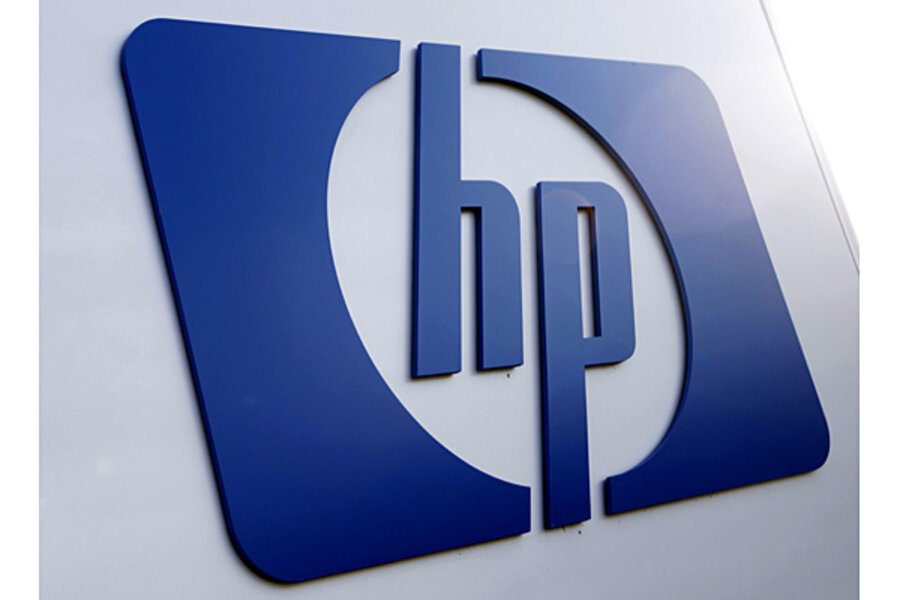Hewlett-Packard (HPQ) splits. Will it make HP a tech leader again?
Loading...
Hewlett-Packard is trying to regain its foothold as a leader in the tech world by splitting into two different companies: HP Inc. and Hewlett-Packard Enterprise.
In an announcement Monday, HP said it would create two companies that will each focus on specific parts of the technology industry. Hewlett-Packard Enterprise will concentrate on data storage, servers, and cloud computing, while HP Inc. will continue focusing on personal systems, printing, and 3D printing. The deal is still waiting final approval from the board of directors and is expected to close by the end of the 2015 fiscal year. As part of its turnaround, the company will also eliminate approximately 5,000 additional jobs.
Hewlett-Packard has had a hard time keeping up with the changing pace of personal computing, so it created a five-year plan to revamp the company back in 2011. The company split comes at the end of the third year of a five-year strategy for HP, and it's been a good one. HP’s stock has risen more than 32 percent year-to-date, and that growing strength has made the split possible, according to executives. On their own, each company is in the top half of the Fortune 500 list.
“Our work during the past three years has significantly strengthened our core businesses to the point where we can more aggressively go after the opportunities created by a rapidly changing market,” Meg Whitman, president and chief executive officer of HP, said in a statement. “The decision to separate into two market-leading companies underscores our commitment to the turnaround plan…. In short, by transitioning now from one HP to two new companies, created out of our successful turnaround efforts, we will be in an even better position to compete in the market, support our customers and partners, and deliver maximum value to our shareholders.”
HP was once the giant of computers, but with the growth of Apple, Google, and IBM, the company has faced a lot of turmoil. Investors and analysts have been calling for HP to split to allow the companies to focus more on profitable operations. But Ms. Whitman, who became CEO in 2011, resisted. But in the announcement Monday, Whitman said the split allows the two companies to have more “independence, focus, financial resources, and flexibility they need to adapt quickly to market and customer dynamics, while generating long-term value for shareholders.”
Whitman will continue with the company as the CEO of Hewlett-Packard Enterprise and as nonexecutive chairman of HP Inc. Dion Weisler will move from head of HP’s printing business to CEO of HP Inc.
“HP’s board and management have made a brilliant value-enhancing move at the perfect time in the turnaround,” Ralph V. Whitworth, founder of Relational Investors and a former chairman of HP’s board, said in a statement on Monday. “The new companies will be better positioned to address today’s light-speed market dynamics and customer needs, and with distinct and compelling financial profiles and strong leadership teams, accelerate growth and shareholder value creation.”
After the deal is closed, stockowners will own a stake in both new businesses through a tax-free transaction.
“Shareholders will now be able to invest in the respective asset groups without the fear of cross-subsidies and inefficiencies that invariably plague large business conglomerates," Mr. Whitworth said.
HP currently has 300,000 employees and made $112 billion last year. By noon Monday, stocks of HP were up 5.09 percent to nearly $37 per share.








